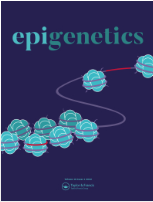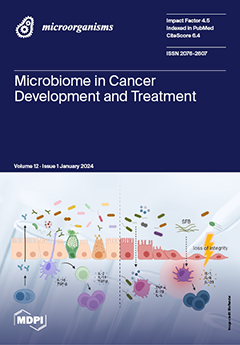Appetite, metabolism and growth regulation in Atlantic salmon (Salmo salar L.) exposed to hypoxia at elevated seawater temperature.

Abstract
High temperature combined with low dissolved oxygen (DO) is one of the most challenging environmental conditions farmed fish experience; thus, understanding their impact on growth regulation is of relevance to cultured and wild populations. This study examines appetite- and growth-regulating mechanisms in Atlantic salmon postsmolt exposed to either high (HO) or low oxygen (LO) at a suboptimally high temperature (17°C). Additionally, the effects of high (HE) and low (LE) dietary energy (DE) were examined.
After a month of treatment, analyses of hormones, regulating appetite (ghrelin) and growth (growth hormone receptor ghr1 and insulin-like growth factor IGF-1), and free amino acids (FAA) were measured pre- and postprandially at −4, −2, 0, 2, 4 and 6 h. No preprandial ghrelin peaks were detected despite a significant reduction in feed intake and growth under hypoxia compared to normoxia. LO treatment also had an overall negative effect on survival compared to HO, while nutrient retention efficiency, FCR and plasma FAA concentrations were unaffected (P > 0.05). Feeding HE diet resulted in increased growth (+17%) and improved FCR (−14%) and energy retention efficiency (+26%) independent of DO.
Plasma FAA concentrations were unaffected by LO treatment and DE (P > 0.05). Growth regulatory gene expressions possibly reflect an overall lower growth at a high temperature overriding the impacts of DO and DE. This study also indicates that optimal adaptation time to environmental conditions and feeding regime is crucial for establishing a regular hormonal appetite signalling that reflects real feeding anticipation in salmon.

